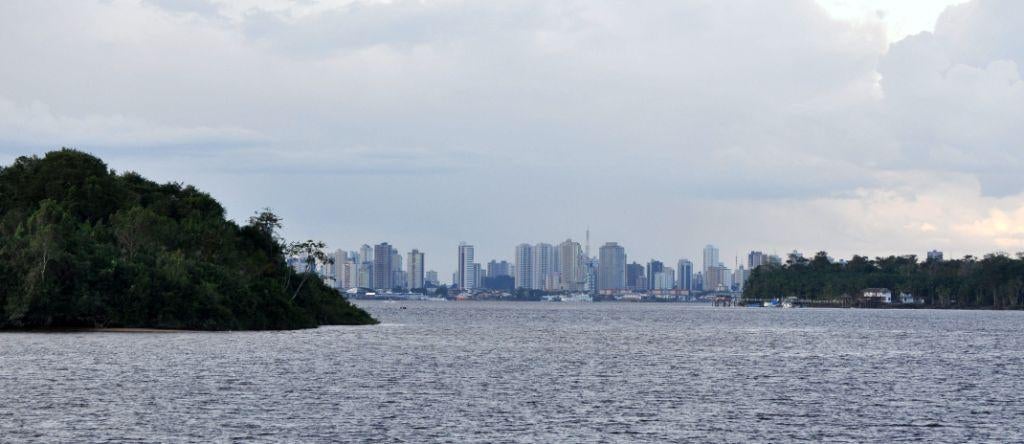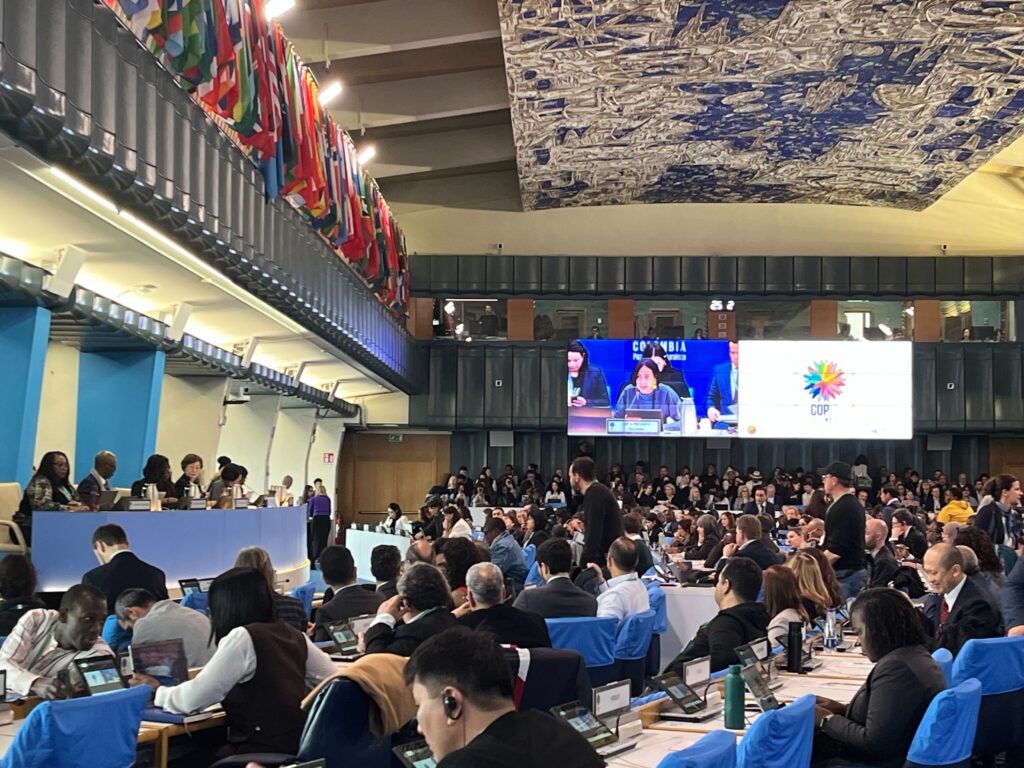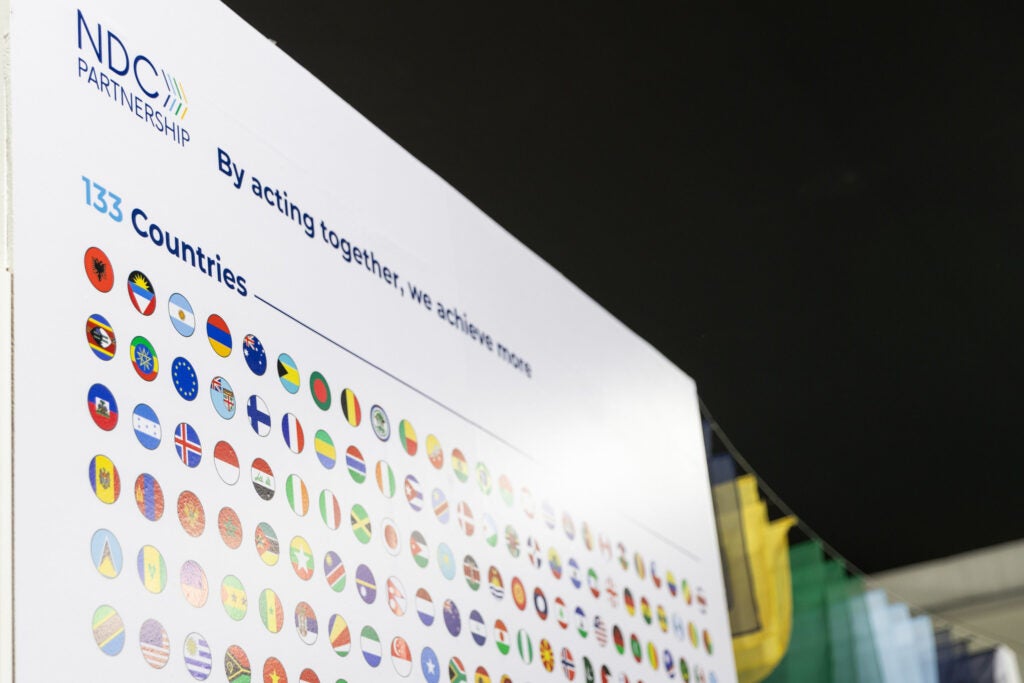Every year, the International Day of Forests reminds us of the indispensable role forests play in sustaining life. In 2025, the theme “Forests and Foods” sheds light on an often-overlooked reality—forests are not just scenic landscapes brimming with wildlife but fundamental to human survival. From food security and nutrition to livelihoods and ecosystem stability, forests are the backbone of our planet’s well-being.
While forests contribute only 0.6% of the global food supply, their importance goes far beyond calories. Forest foods are vital supplements during lean seasons and serve as safety nets for vulnerable households. Moreover, forests support 80% of terrestrial biodiversity, offering an invaluable reservoir of genetic resources that could help communities adapt to climate change. Access to wild foods diversifies diets and income sources, strengthening resilience in the face of environmental and economic shocks.
Forests are far more than economic assets; they are the silent architects of ecosystems and societies. Over a billion people rely on forests for their livelihoods, particularly Indigenous communities, who depend on them for food, shelter, medicine, and water. However, their significance extends beyond material resources. Forests are deeply woven into cultural identities, shaping traditional knowledge, fostering community, and strengthening local values through deep emotional and spiritual connections to the land.










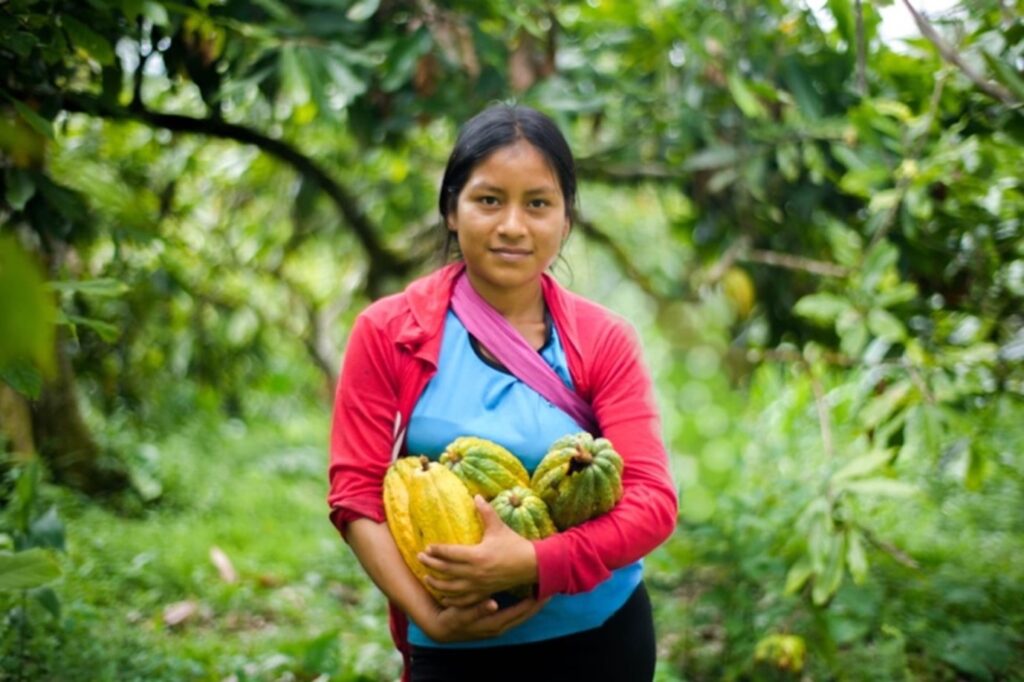
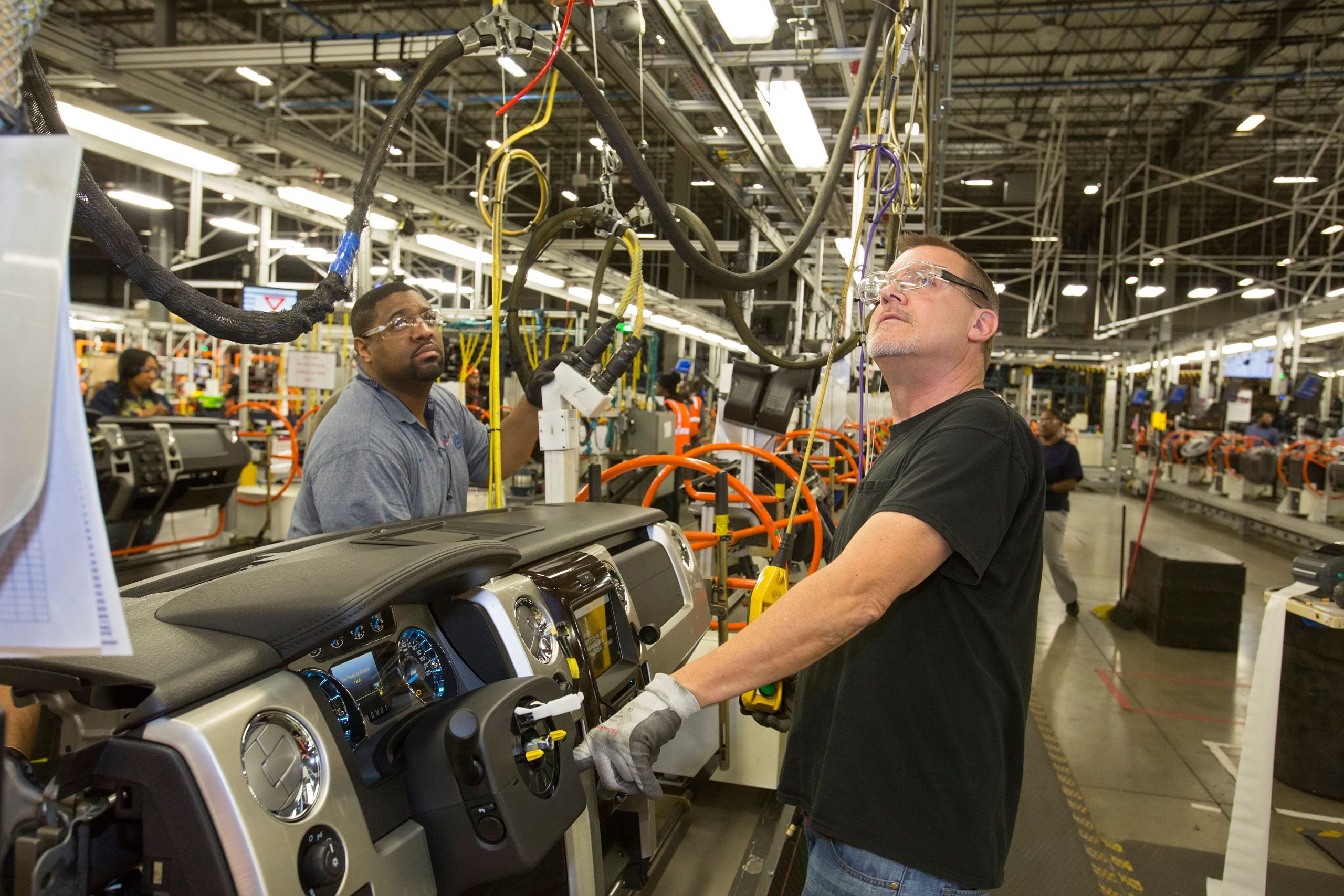 The U.S. auto industry has just started finding its footing with electric vehicles (EVs). Jobs are now booming across the Midwest and the new “battery belt” in the South.
The U.S. auto industry has just started finding its footing with electric vehicles (EVs). Jobs are now booming across the Midwest and the new “battery belt” in the South.
